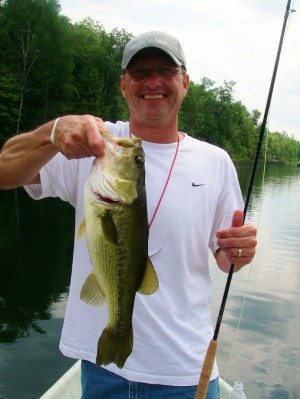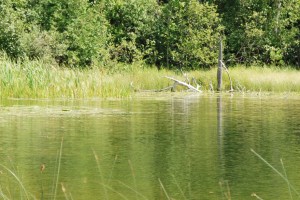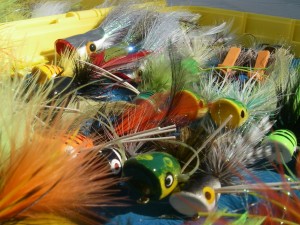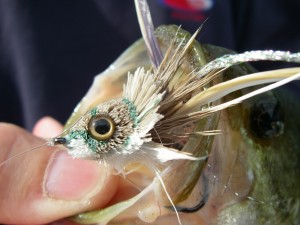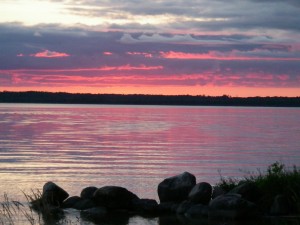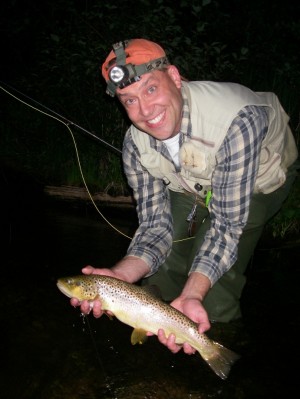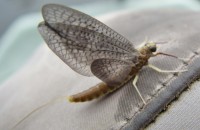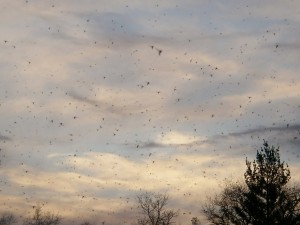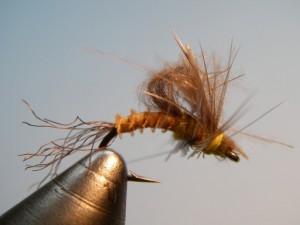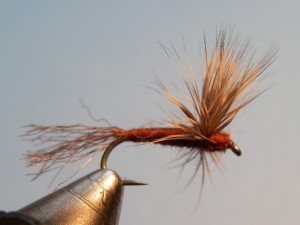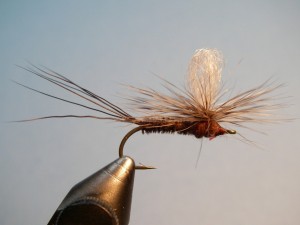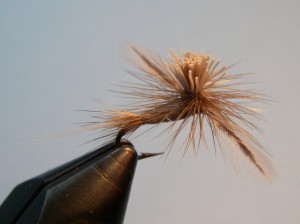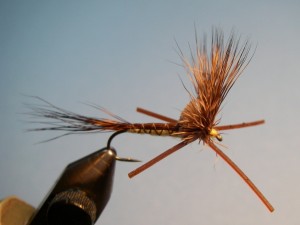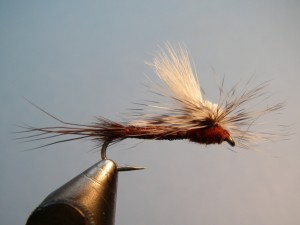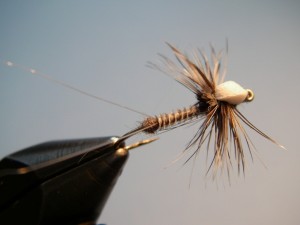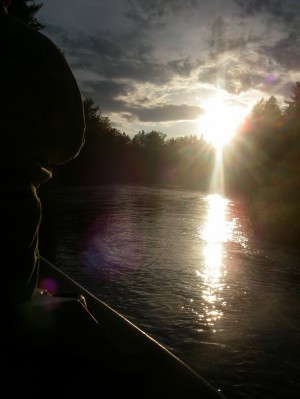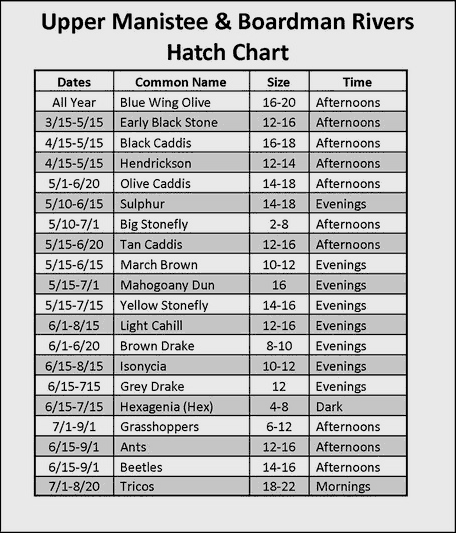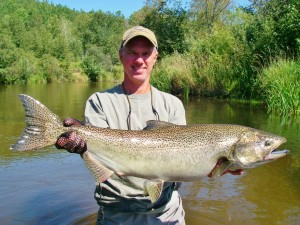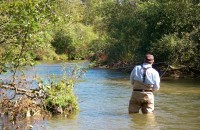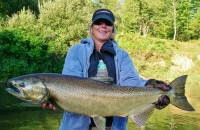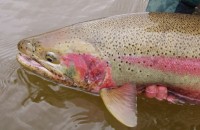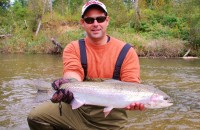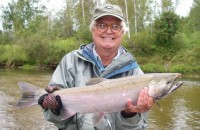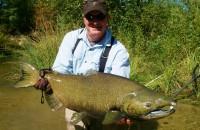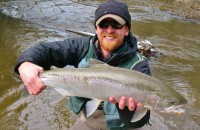Not much has changed with conditions on the Manistee over the past week. The water is still low and clear because it’s been a while since we received any significant amounts of rain. Same with fresh pushes of fish. The fish in the system are spread out and becoming weary with a few new fish trickling in. With water temps dropping fast (lower 40’s) due to more seasonal weather we have been receiving, the steelhead are starting to transition into to slower seams and pools. Multiple approaches are working including big streamers swung on sink-tips to pull fish out of structure to eat something big. Fishing under indicators/floats, too, are allowing presentations in water that would otherwise result in snags if drift fishing. Cover lots of water, fish thoroughly and enjoy the solitude on the river – most people are in the woods right now leaving the rivers less pressured. With Firearm Deer season extending from Nov. 15 – 30, a little hunter’s orange will go a long way for safety while you fish.
Good luck,
Ted
Fall Steelhead: It’s time to target angler’s favorite sport-fish through November and into December.
Fall Trout: Fish the Upper Manistee throughout fall or Lower Manistee through November.
Booking for all 2013 Seasons and through September – reserve your place in the boat.

